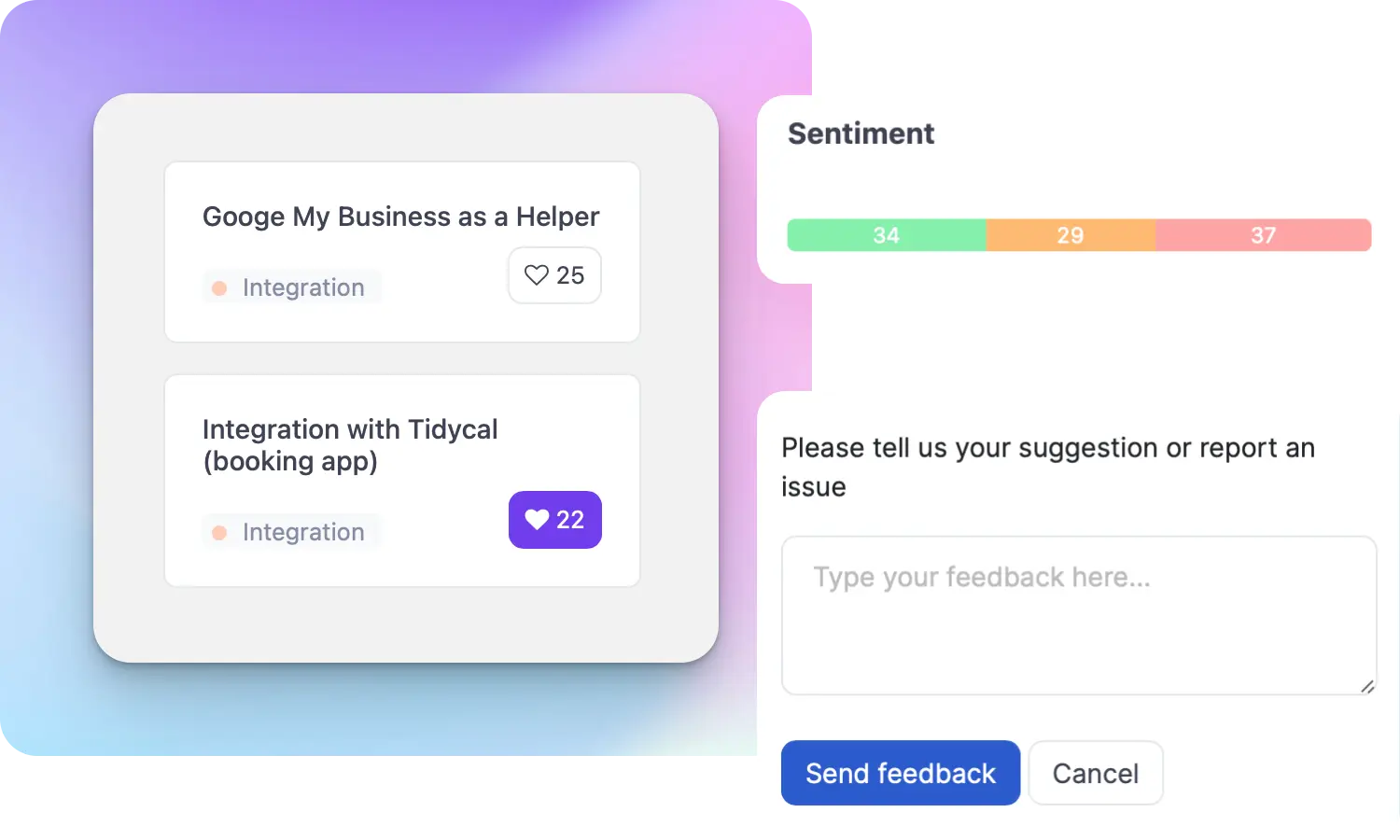What is Product Monetization?

Ruben Buijs
Product monetization refers to the process of generating revenue from a software-as-a-service (SaaS) product. It involves identifying strategies and implementing techniques to turn a product into a profitable venture.
Importance of Product Monetization
Product monetization is crucial for the success and sustainability of SaaS businesses. Without a well-defined monetization strategy, even the most innovative products may fail to generate sufficient revenue. It helps companies cover costs, invest in product development, and achieve profitability. Additionally, effective monetization strategies can attract investors, fuel growth, and ensure the long-term viability of the product.
How to Use Product Monetization
To effectively monetize a SaaS product, consider the following steps:
-
Understand the Market: Conduct thorough market research to identify customer needs, preferences, and trends. This information will help you tailor your monetization strategy to meet the demands of your target audience.
-
Define Pricing Models: Choose the most suitable pricing model for your product. Common options include subscription-based pricing, usage-based pricing, tiered pricing, and freemium models. Each model has its own advantages and target audience, so select the one that aligns with your product and customer base.
-
Value Proposition: Clearly communicate the value your product offers to customers. Highlight the unique features and benefits that set your product apart from competitors. This will help potential customers understand why they should invest in your product.
-
Pricing Strategy: Determine the optimal pricing for your product. Consider factors such as production costs, competitor pricing, customer willingness to pay, and perceived value. Experiment with different pricing levels to find the right balance between affordability and profitability.
-
Marketing and Sales: Develop effective marketing and sales strategies to promote your product and attract customers. Leverage various channels such as digital marketing, content creation, social media, and partnerships to increase visibility and reach your target audience.
-
Analyze and Optimize: Continuously monitor and analyze the performance of your monetization strategy. Use analytics tools to track key metrics such as customer acquisition, conversion rates, churn rates, and revenue growth. Based on the insights gained, make data-driven decisions to optimize and refine your monetization approach.
Useful Tips for Product Monetization
Here are some useful tips to enhance your product monetization efforts:
-
Flexible Pricing: Offer different pricing tiers or plans to cater to customers with varying needs and budgets. This allows you to capture a broader customer base and increase revenue.
-
Data-Driven Decision Making: Utilize data and analytics to inform your monetization strategy. Analyze customer behavior, market trends, and pricing experiments to make informed decisions and maximize revenue.
-
Continuous Innovation: Regularly update and enhance your product to provide ongoing value to customers. Introduce new features, functionalities, or add-ons that customers are willing to pay for. This not only helps retain existing customers but also attracts new ones.
-
Customer Feedback: Actively seek feedback from customers to understand their needs and pain points. Use this feedback to refine your product and pricing strategy, ensuring it aligns with customer expectations.
-
Partnerships and Integrations: Collaborate with complementary SaaS providers or integrate with popular platforms to expand your reach and unlock new monetization opportunities.
Related Terms
- Freemium
- Pricing Models
- Customer Acquisition
- Churn Rate
- Revenue Growth
- Market Research
- Value Proposition
- Subscription-based Pricing
- Usage-based Pricing
- Tiered Pricing





